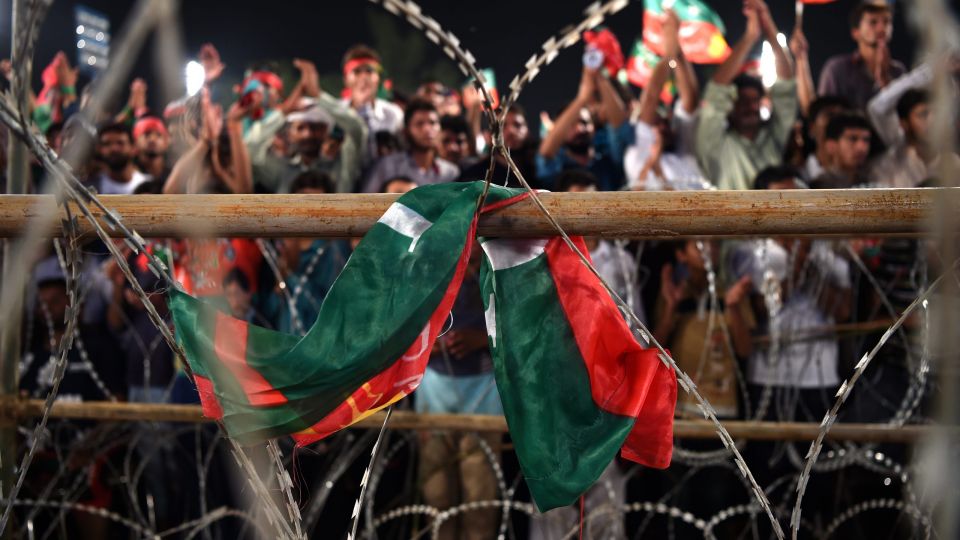December 20, 2018
What is keeping Pakistan’s girls out of school.
New reports from the seven districts that make up former tribal area of Pakistan presented a grim picture of the state of girls’ education in the area. Nearly 79pc of girls drop out in the early years, while 50pc drop out in the middle and secondary years.
The neglected region is only now being ‘mainstreamed’ with the KP merger, so perhaps these figures are not particularly shocking. And while it certainly adds to the burden of a rising population and out-of-school children in the province, the lack of investment in girl’s education isn’t a KP-specific problem.
‘Shall I feed my daughter or educate her?’: The abysmal state of girls’ education in Pakistan
Article 25-A of the Constitution makes it clear that the government has to provide free education to all children from the age of five to 16. But many continue to be overlooked by the state.
While the private sector and public-private initiatives provide education in areas and to people the state cannot reach, there is a significant percentage that still gets left out. According to HRW, nearly 32pc of primary-school-age girls are out of school, and only 13pc are still in school by ninth grade.
Education: 23m broken promises
There are several reasons for this, all interconnected. While education and textbooks may be free of cost, there are other expenses such as admission fees, school bags, uniforms, shoes, stationery, etc. In households with several children, the added costs overburden poor families. Private school, even if ‘low cost’, are out of the question for this group.
Explore: Why attempts to reform Pakistani education fail
The second issue is transport. Schools are often at a long walking distance, and parents may not be able to afford rickshaws to pick and drop their children.
While the vast majority of public schools in Pakistan are at the primary level, secondary schools are at even greater distances. So even if they complete primary education, they are unable to study further due to logistical constraints.
Linked to the issue of transport is safety. Parents cannot always accompany children, and when the girl child hits puberty or begins to ‘look’ mature, she (rightly) fears harassment and abduction. Tied to these fears are notions of ‘honour’, but these are often a cover for legitimate security threats or attempts at masking poverty.
Another reason for losing interest in education is the presence of apathetic teachers, who may turn a blind eye to bullying or administer corporal punishment and be guilty of discrimination.
Girls, especially the eldest daughters, are kept behind to help out with household chores or take care of younger siblings. Seen as an economic ‘burden’ or just another mouth to feed, they are then married off and forced to be mothers when they are still children themselves.
When parents see educated family members unable to get jobs in an insecure market, they are less likely to invest in education for their daughters. The cycle of ignorance continues.


